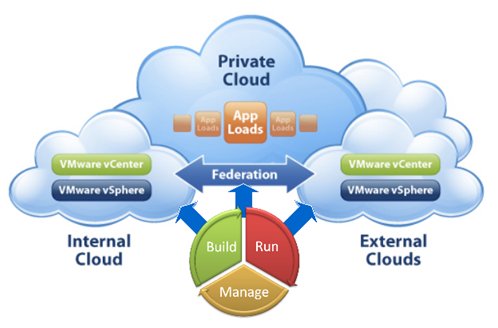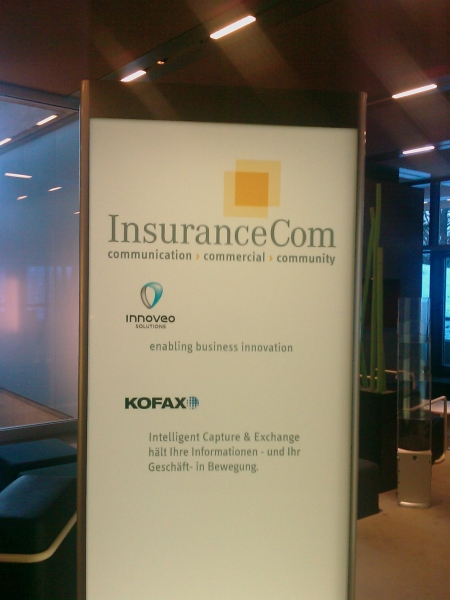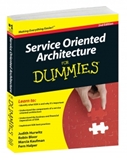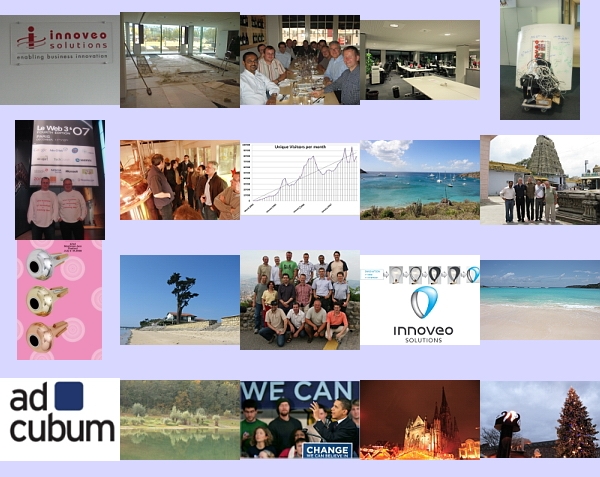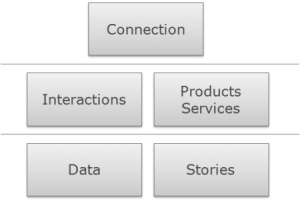We are very happy to announce that we, at Innoveo, could agree to a strategic partnership with Adcubum, a Swiss product software company also focused on the insurance market, and developing a very complementary product, adcubum SYRIUS® (back-office), to Innoveo Skye® (front-office).
A step-by-step process, very solid, between the two companies, integrating both Boards of Directors, Executive Management Teams and operational experts, to be able to mature the cooperation model on a strategic and product levels. The first operational activities have started for exactly one year in September 2008, with the first contacts in spring 2008.
And, it is always better to announce this kind of partnership, when both partners have already won together a customer, which is the case for us ;-)
Some words about Adcubum
Adcubum was founded in 1998, is privately held, with more than 100 people, and a capital of 7.5 million CHF. Our colleagues have so far achieved 60% market coverage in Switzerland (health insurance) and 100% in Slovakia (social security) with adcubum SYRIUS®.
They are now expanding their activities to the important markets of Germany and Eastern Europe, and to the Property & Casualty (P&C) lines of business.
PRESS RELEASE
Adcubum and Innoveo contract a strategic partnership to integrate the multi-channel distribution solution Innoveo Skye® with adcubum SYRIUS®.
St. Gallen, 30th September 2009 - Adcubum and Innoveo intensify their co-operation and agree to a product and strategic partnership. Goal of this agreement is the seamless integration of the multi-channel distribution solution Innoveo Skye® in the insurance core solution adcubum SYRIUS® as an optional module. Therewith, their customers are in a position to use the software for all lines of business and to holistically support respectively control their products and services sales. Moreover, with this co-operation Adcubum and Innoveo consolidate their complementary competences and experience in the insurance industry.
Like adcubum SYRIUS®, Innoveo Skye® is based on a state-of-the-art scalable 4-tier-architecture and is easily embedded in any portal solution. Innoveo Skye® comprises all lines of business in the insurance industry (health insurance, property and casualty insurance, life insurance) and supports various back-office systems simultaneously. Furthermore, Innoveo Skye® is capable of multi-channel operations, which enable insurance companies to quickly and consistently offer new products and services via different channels like branches, agencies, insurance brokers or via the Internet.
"The partnership with Adcubum allows to offer our complementary expertise and insurance solutions in one integrated product", says Nick Stefania, Managing Partner of Innoveo. "Customers benefit of a reduced time-to-market for their insurance products and we enable them to offer all insurance products and services for every distribution channel with one single module."
"We are already working together intensively with Innoveo in a customer project", says René Janesch, member of the executive board of Adcubum. "Insurance companies seek more and more for an end-to-end solution supporting the continuous process from the back-office management to the multi-channel distribution. Hence, the current point in time is most convenient for such a collaboration. Above all, we are able to considerably strengthen our know-how in the property and casualty insurance market."
Press release  English /
English /  German
German
Innoveo corporate fact sheet  English
English
Adcubum AG
Adcubum is a leading Swiss software manufacturer in the international insurance business. The core solution adcubum SYRIUS® is a modularly built back-office system for health, accident and property and casualty insurances based on the Java Platform Enterprise Edition (Java EE) technology. The foundation for the successful company history was laid in St. Gallen in 1998. Since then, the product has been continuously enhanced according to customer and market requirements. At present the company employs more than 100 high qualified and specialised experts. Multiple millions of insured persons with more than 30 million claims are administrated by the core solution adcubum SYRIUS® - tendency rising.
Further information under: www.adcubum.com
Innoveo Solutions AG
Innoveo emerged as an independent software manufacturer from a spin-out of the Helvetia Group in 2007. It is characterized by a unique combination of technology expertise and insurance industry knowledge. The SOA/Java EE based agile insurance front-office system Innoveo Skye® is based on more than 12 years of experience in the implementation of flexible distribution systems for all lines of business as well as in the integration of any back-office and CRM systems as well as portals. In an increasingly diversified market a consistent, per distribution channel and insurance product configurable solution offers crucial strategic possibilities, considerable time savings as well as remarkable cost efficiency for the launch of new products.
Further information under: www.innoveo.com
Labels: blog, business, communication, entrepreneurship, front-end, innoveo, innoveo skye, innoveo solutions, insurance, skye, software








![oracle[1] oracle[1]](http://www.didierbeck.com/pics/2008/04/b11e3a5611cc_9F94/oracle1_thumb.png)
